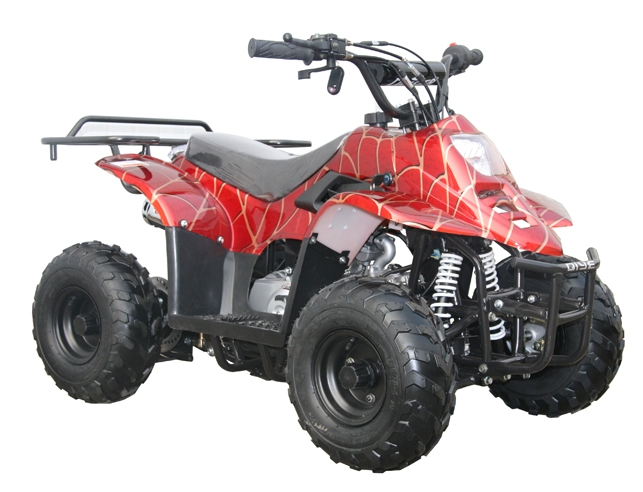The ATV VIN number charts and information to help you search for and decode your ATV’s VIN. Every sport ATV has a 17 digit VIN (vehicle identification number), even if you need to search for the ATV VIN location a little. You’ll find the VIN plate mounted to the frame of the ATV, usually on the bottom left side. This information guide will help you with ATV VIN identification.
Kawasaki for example has the VIN mounted on the left side of the frame below the engine. If you have nerf bars installed it’s possible that part of the VIN will be hard to see. Don’t mistake the engine number, which is mounted on the engine, as a VIN number because they are different.
A VIN or Vehicle Identification Number is standardized. Whether your ride a Honda, Kawasaki, Suzuki, Polaris, Yamaha or other ATV all will contain 17 characters that can include capital letters from A through Z and numbers 1 through 0. The letters I, O and Q are never used within a VIN in order to avoid mistakes made by misreading them.
No signs or spaces are allowed in the Vehicle Identification Number.
The position of each letter and/or number in the VIN code reveals important information about where and when your ATV was made, the type of engine it has, the model or series of ATV, various equipment/attributes and its production sequence.
Contact the vehicles manufacturer with specific VIN related questions. Contact your local DMV, department of motor vehicles, if you need to replace your VIN plate (if it broke off or you installed a new frame etc). Here is a general breakdown of what your ATV VINs number means.
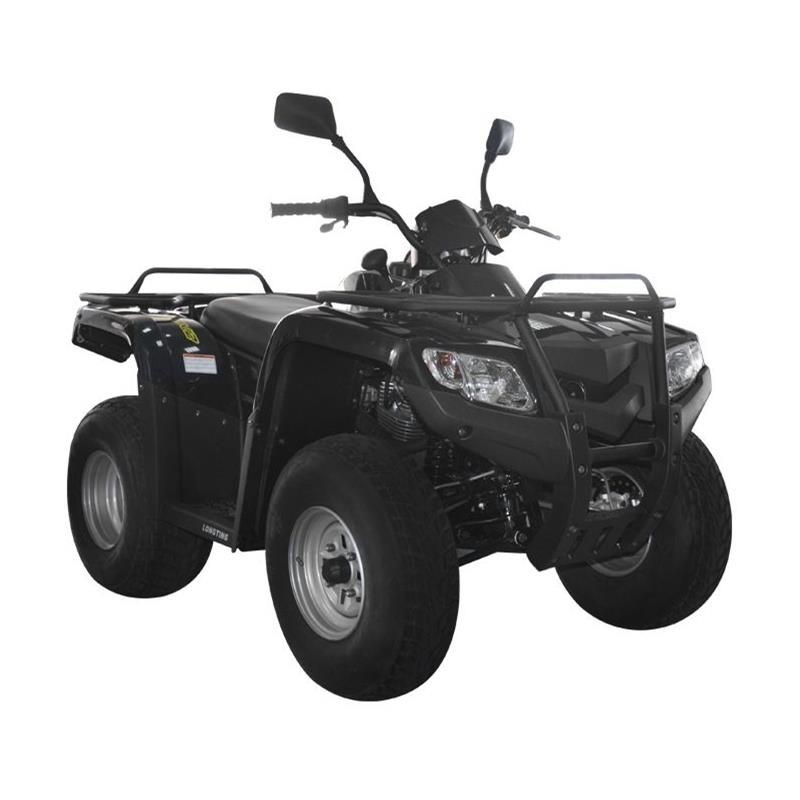
| 1971 | 1 |
| 1972 | 2 |
| 1973 | 3 |
| 1974 | 4 |
| 1975 | 5 |
| 1976 | 6 |
| 1977 | 7 |
| 1978 | 8 |
| 1979 | 9 |
| 1980 | A |
| 1981 | B |
| 1982 | C |
| 1983 | D |
| 1984 | E |
| 1985 | F |
| 1986 | G |
| 1987 | H |
| 1988 | J |
| 1989 | K |
| 1990 | L |
| 1991 | M |
| 1992 | N |
| 1993 | P |
| 1994 | R |
| 1995 | S |
| 1996 | T |
| 1997 | V |
| 1998 | W |
| 1999 | X |
| 2000 | Y |
| 2001 | 1 |
| 2002 | 2 |
| 2003 | 3 |
| 2004 | 4 |
| 2005 | 5 |
| 2006 | 6 |
| 2007 | 7 |
| 2008 | 8 |
| 2009 | 9 |
| 2010 | A |
| 2011 | B |
| 2012 | C |
| 2013 | D |
| 2014 | E |
| 2015 | F |
| 2016 | G |
| 2017 | H |
| 2018 | J |
| 2019 | K |
| 2020 | L |
– VIN Number Year Chart and it continues year by year: 2011 = B, 2012 = C, 2013 = D, 2014 = E, 2015 = F, 2016 = G etc.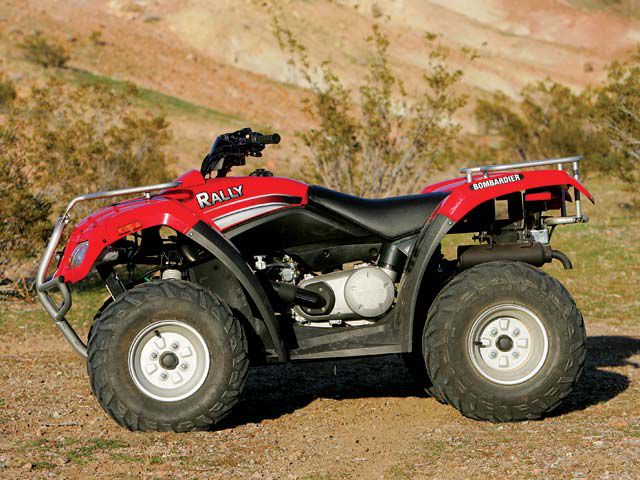 2018 = J, 2019 = K, 2020 = L, you get the idea. Important: The letters i,q, u and o are never used so skip them accordingly. Also important: To tell the difference between an older and newer ATV the 7th digit is referenced. Example, the letter A in 10th position could mean a 1980 or a 2010 ATV. To know which it is look to the 7th digit, if the 7th digit is a number the earlier year is accurate. If the 7th digit is a letter the later year is accurate.
2018 = J, 2019 = K, 2020 = L, you get the idea. Important: The letters i,q, u and o are never used so skip them accordingly. Also important: To tell the difference between an older and newer ATV the 7th digit is referenced. Example, the letter A in 10th position could mean a 1980 or a 2010 ATV. To know which it is look to the 7th digit, if the 7th digit is a number the earlier year is accurate. If the 7th digit is a letter the later year is accurate.
– 11th digit : Assembly plant
– 12th to 17th digits : These ATV vin numbers increase by one for each unit that rolls off the assembly line, the last four are always numbers.
See also
It’s very helpful to know your ATV VIN when purchasing aftermarket parts. Here is a chart of what your Honda ATV VIN may look like, it’s useful information to have when doing a VIN check.
Honda VIN Chart
To do a free ATV VIN search visit the ATV VIN Check page.
An all-terrain vehicle (ATV) is well-defined as a motorized off-highway automobile that travels on non-pneumatic or low-pressure tires.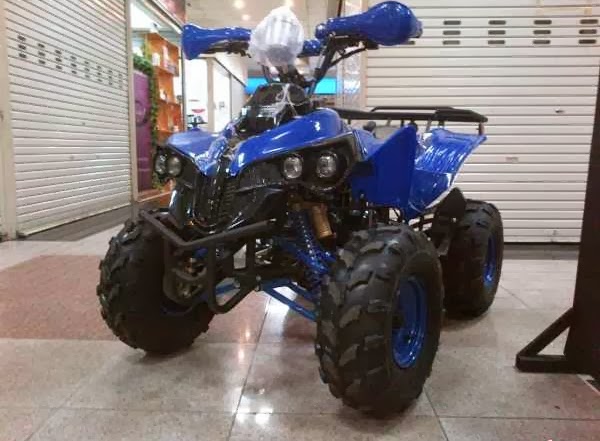 The vehicle is also referred to as three-wheeler, quadricycle, quad, four-wheeler or four-track. The seat of an ATV is designed in such a manner that the operator can straddle it and the handlebars for stable steering control. As the name suggests, this vehicle is meant to be able to move on different terrains, including rough ones as compared to the other automobiles.
The vehicle is also referred to as three-wheeler, quadricycle, quad, four-wheeler or four-track. The seat of an ATV is designed in such a manner that the operator can straddle it and the handlebars for stable steering control. As the name suggests, this vehicle is meant to be able to move on different terrains, including rough ones as compared to the other automobiles.
All-Terrain Vehicles come in two designs: II ATVs which are designed to accommodate the operator only. II ATVs are designed to accommodate the operator and one passenger. Though this vehicle is legally accepted on streets in some counties, legalized to be on streets in some states in countries such as the USA, Australia, and Canada.
ATVs are mainly manufactured by:

Are planning to purchase an All-Terrain Vehicle but you are worried about its present condition? Maybe you want to know the real design of the ATV and its current features without much hassle and quickly? No worries! We have you covered! Our website allows you to perform everything by just a click of an icon. The only thing we require you to perform is to initiate a complete VIN Check. Essentially, our aim as a reputable online check service is to offer our clients with reliable and effective ATV VIN search tools we have now and the updated date concerning the ATV they plan to purchase. You can rest assured that you will obtain the information you need concerning any ATV you have chosen. We provide this info inform of free ATV record report in just some few minutes.
The VIN is a code made of 17 digits that acts as a code or an ID for a vehicle. This code is the same in ATV as on cars. However, to know where the VIN is located in an ATV depends on its maker, but in most cases, it is embedded on the frame, on left ATV side, underneath the shifter on an open site.
However, to know where the VIN is located in an ATV depends on its maker, but in most cases, it is embedded on the frame, on left ATV side, underneath the shifter on an open site.
Generally, VIN for Honda ATV is embedded on the front crossmember which is usually built behind the rack at the front. However, you may not see it easily if you are using custom skid plates. But you can unravel it quickly and see the VIN.
For the Honda Rancher ATV, the VIN is located on the crossmember built at the front of ATV.
The locations where the VIN of Yamaha ATVs is fixed might vary depending on the model. However, all ATV numbers for Yamaha are embedded on the frame, below it.
Here is a table to show the location of different models of Polaris quads:
| Polaris Model | Location of VIN |
|---|---|
| Polaris Trail Boss | Front wheel well |
| Polaris Scrambler | |
| Polaris outlaw | |
| Polaris trailblazer | Front left wheel well |
| 2011 Polaris Hawkeye | Front left wheel well |
| 2013 Polaris Hawkeye | Left rear frame |
| Polaris Sportsman 550,850 &XP 1000 | Front left wheel well |
| 2011-14 Polaris Sportsman 400,450,500,700,800 &ETX | Left rear frame |
| 2017-2018 Polaris Sportsman 6x6 | Right rear wheel well |
The location of Suzuki ATV VIN varies depending on the make and model year.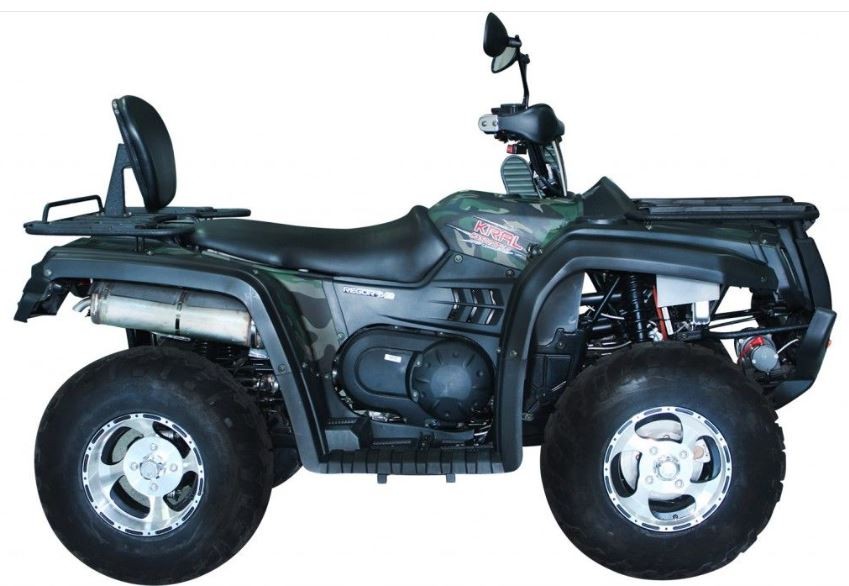
Here is a table showing VIN of various models of Suzuki ATV:
| Suzuki ATV model | VIN location |
|---|---|
| Suzuki LTR 450 | On metal bar near the frame next to kicker area |
| Suzuki Eiger | On left rear cross member along the mud wing |
| Suzuki 250 Quadrunner | On the right rear bar near the taillight |
| 300 King Quad | On the small flat plate. You can see it on the left rear frame member standing vertically |
| 700 king Quad | Left rear frame, at the back of the wheel |
| QuadSport Z90 | The left rear side of the frame |
Generally, Suzuki typically embeds VIN on the opposite part of the muffler.
For the Arctic Cat, the VIN is located under the left front. You can see it easily when you look under the wheel well.
The VIN for Kawasaki AVN is entrenched on the frame but the left side underneath its engine. However, if you have nerf plates fixed, you may not see the VIN easily. Be keen when looking for the VIN since you can easily mistake it with the engine number since these are two different things.
However, if you have nerf plates fixed, you may not see the VIN easily. Be keen when looking for the VIN since you can easily mistake it with the engine number since these are two different things.
Well, you might ask yourself, “Why do I need an ATV VIN lookup report?" this report is essential if you are planning to buy an ATV. All smart buyers ask for it. You don't need to have worries, especially when spending your hard-earned money on something you like. So how do you do it, and what do you get?
After you have located your VIN on your ATV and noted it somewhere, just key it in, in the search bar on our tool and then click the search button. Apart from obvious information about accidents, you will get the following information:
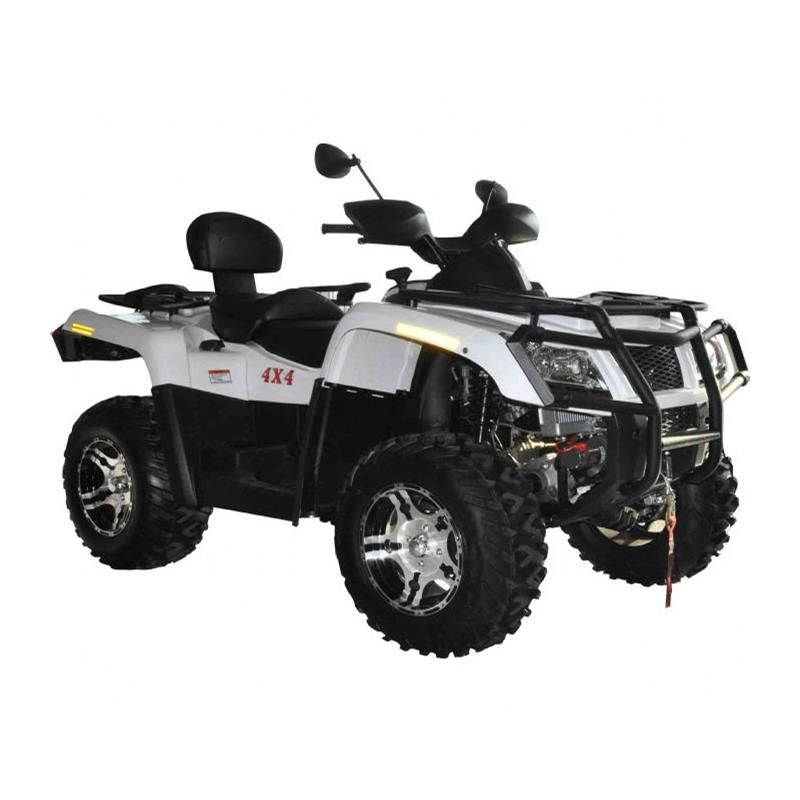
ATVs are a high-priced hobby..bmp) So, you can buy a second-hand ATV and save some money. This is beneficially, especially if your family like ATVs and you have to get four or more to make them happy. But what about if you are not able to meet that due to financial constraints? Well, used ATVs is the option.
So, you can buy a second-hand ATV and save some money. This is beneficially, especially if your family like ATVs and you have to get four or more to make them happy. But what about if you are not able to meet that due to financial constraints? Well, used ATVs is the option.
However, note that purchasing a second-hand ATV has its own share of disadvantages. You might be spending a lot of money to buy a stolen machine or a defective one. Doing VIN check for ATV is not only essential when buying a used ATV, but also when you want to buy a new one.
So, it is vital to check the VIN number to know the stolen automobiles to avoid colliding with authority. For instance, if you purchase a stolen quad and you don’t know whether you bought a stolen quadricycle, that will not be an excuse. So, this is why it is mandatory to use stolen VIN checker on our website.
Our process is quite straightforward. Go to our site and feed in the VIN in the search bar of our online checker. All the information will be displayed immediately.
All the information will be displayed immediately.
Here are simplified steps to follow:
Now that you know how to carry out ATV check, no time to linger, use our ATV VIN finder to get your ATV history report Now!
The number and marking of the engine is knocked out on the left half of the crankcase, in a place specially designated for this, in the form of a platform.
You can find this site in the following way:
Approach the scooter from the left side, look at the variator cover, the platform is located under the variator cover in its front part.
Approach the moped from the left side, look at the left engine cover, the platform is located under the cover in its rear part.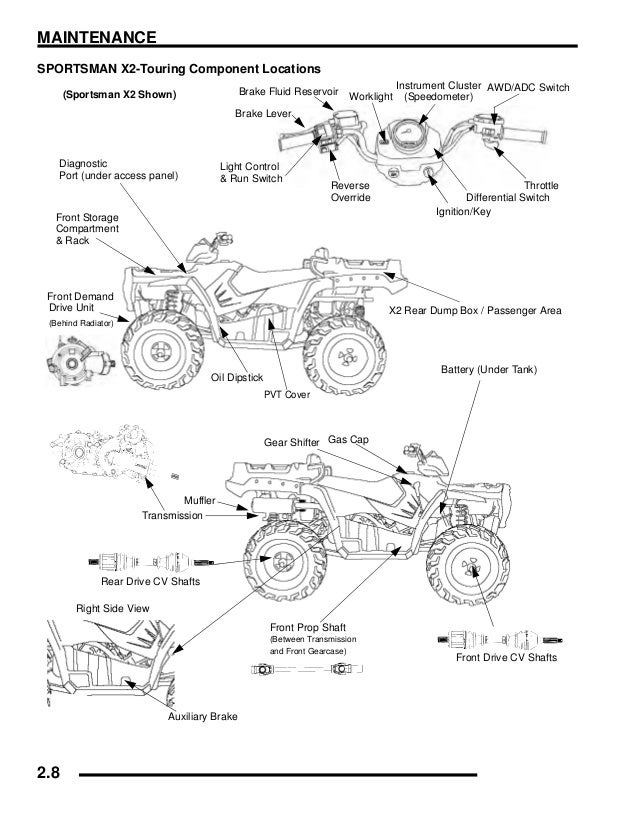
152QMI, 1P52QMI, 157QMJ, 1P57QMJ - this is how 4T CVT engines with a displacement of 125cc to 180cc are marked, these include scooter models such as Irbis (Nirvana, ZRX, ZRS, Grace, Skynet), Griphon (Galaxy150, Rocket150, Saturn150, Racer150), ABM (Flash, Volcan, Vortex), Atlant (Storm, Adrenalin, Calypso), Omaks (Purga, Classic, Falcone), Honling, and quads…
153QMI, 1P53QMI, 158QMJ, 1P58QMJ - this is how 4T CVT engines are marked, these include scooter models such as Stels (Tactic150, Vortex150), Keeway .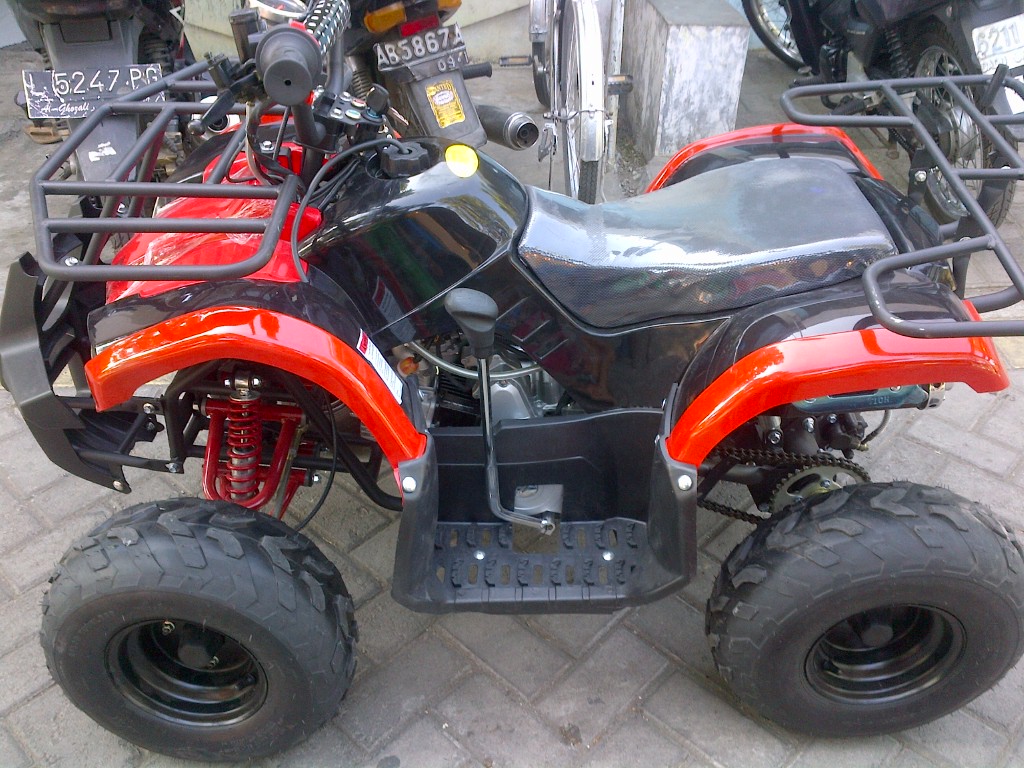 ..
..
139FMB, 1P39FMB, 147FMB, 1P47FMB, 152FMH, 1P52FMH - this is how 4T chain-driven engines (mopeds) are marked, these include models such as DINGO, DELTA, ALPHA, as well as ATVs and snowmobiles ...
1P40QMB, 1E40QMB - this is how 2T CVT engines with a displacement of 50cc to 75cc are marked, these include scooter models such as Stels, Keeway ...
1P41QMB - this is how 2T chain-driven engines with a displacement of 50cc to 75cc are marked, these include scooter models such as BM, Gelly ...
1P39QMB, 139QMB, 1P39QMA, 139QMA - 50cc (from 50cc to 90cc)
152QMI, 1P52QMI - 125cc
157QMJ, 1P57QMJ - 150cc (from 150cc to 180cc)
139FMB, 1P39FMB - 50cc
147FMB, 1P47FMB - 72cc
152FMH, 1P52FMH - 110cc
Suspension. Shock absorbers must be free of oil, and CV boot boots must be free of holes through which moisture can enter. To check the condition of the wheel bearings and hub bushings, you need to raise the ATV with a jack and shake the wheels vertically and horizontally - if there is play, one of these parts is worn out. Most often these are bearings. You also need to check all the suspension arms for play - perhaps ball bearings or silent blocks need to be replaced.
Shock absorbers must be free of oil, and CV boot boots must be free of holes through which moisture can enter. To check the condition of the wheel bearings and hub bushings, you need to raise the ATV with a jack and shake the wheels vertically and horizontally - if there is play, one of these parts is worn out. Most often these are bearings. You also need to check all the suspension arms for play - perhaps ball bearings or silent blocks need to be replaced.
ATV with working shock absorbers lowers and rises evenly - when pressing on the rear or front, one of the sides should not sag.
Transmission. Gearboxes must be free of oil leaks and cracks. The oil in them can be checked by lowering a plastic clamp into the filler neck or unscrewing the drain bolts: it’s bad if the liquid is opaque, it contains chips or other foreign particles. To check the modes of operation of the transmission, you need to jack up the front of the ATV. When all-wheel drive is on, when turning the left wheel, the right wheel should rotate in the opposite direction, and vice versa.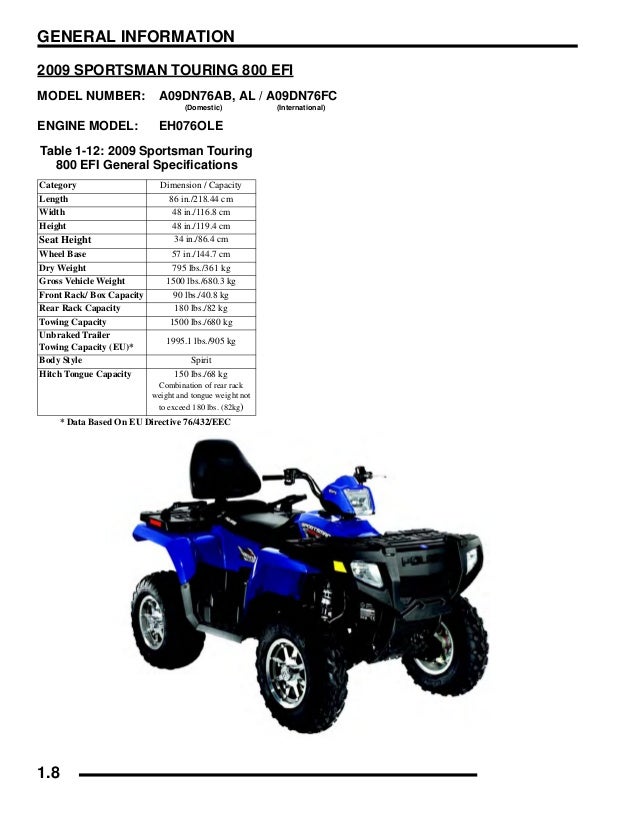 When the differential lock is engaged, both wheels rotate in the same direction. Transfers should be included without effort and crunch.
When the differential lock is engaged, both wheels rotate in the same direction. Transfers should be included without effort and crunch.
Engine. It must be free of oil. A serviceable motor starts in 2-3 seconds and works without a metallic rattle, an arbitrary increase and decrease in idle speed.
Bad sign - black oil or with foreign particles. Normally it is transparent.
A malfunction is also indicated by black, white or blue smoke from the exhaust pipe, as well as a burning smell. At idle, the exhaust gases of a serviceable ATV are almost transparent.
It is advisable to measure the compression in the cylinders - this will require a compression meter with adapters for different threads of the candles and knowledge of the normal compression value in the cylinders of a particular ATV model, taking into account the decompression meter.
Coolant . You need to check with a cold engine. The antifreeze level must be between the minimum mark "LOW" and the maximum "FULL".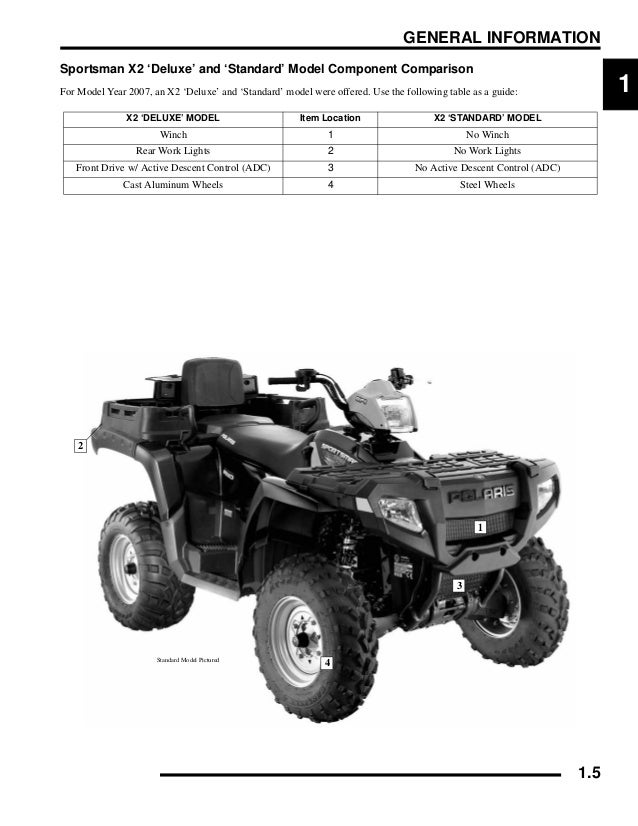 The liquid should not be cloudy. If there is sediment or dirty “flakes” under the radiator cap, the motor was poorly maintained and may have overheated.
The liquid should not be cloudy. If there is sediment or dirty “flakes” under the radiator cap, the motor was poorly maintained and may have overheated.
Air filter . If there are oil stains on it, most likely the ATV turned over.
Electrical . It is necessary to check the operation of the parking lights, high and low beams, turn signals, alarms, horns, heating, winches. Error indicators - for example, an electric booster - should go out when the engine is started.
Electric power steering . With the ATV running and jacked up, turn the steering wheel left, right, then center. With a working electric power steering, the steering wheel does not turn on its own.
Frame. Cracks, extensive corrosion, welding spots, peeled or fresh paint in the places where the suspension arms are attached, on the arms themselves and on the bottom of the frame - a reason to refuse to buy. Cracks or welding in the cargo platform area are not critical.